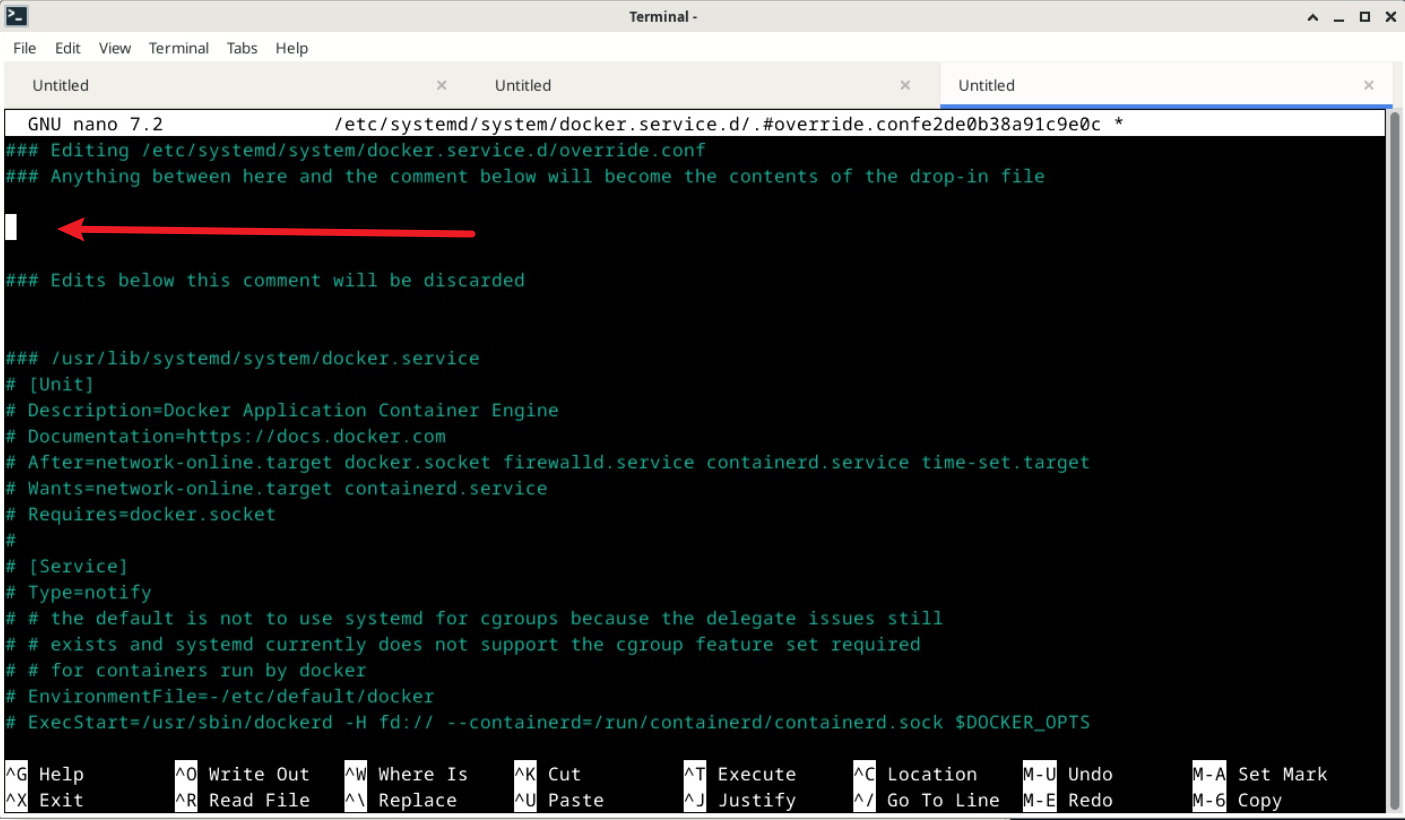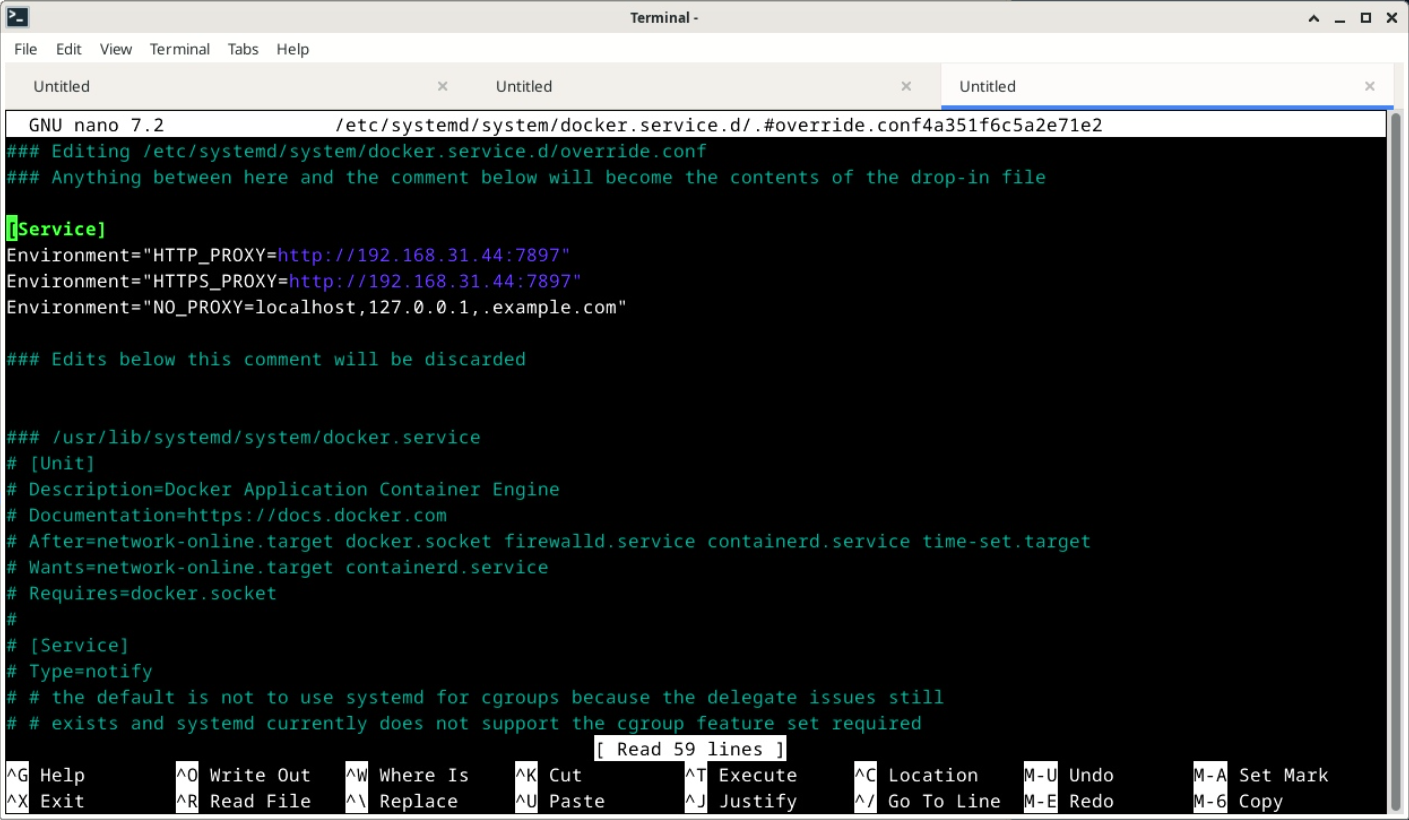Installing riscv64 Docker
The package for the riscv64 Docker installation is already available in the repository under the name docker.io. You can install it directly using:
sudo apt install docker.io
Testing Docker
To test the installation, run the following command:
sudo docker pull riscv64/debian:unstable
Tips
Running Docker Without Root Privileges
If you want to run Docker without root permissions (without using sudo), you may encounter the following error:
debian@lpi4a:~$ docker pull riscv64/debian:unstable
Got permission denied while trying to connect to the Docker daemon socket at unix:///var/run/docker.sock: Post "http://%2Fvar%2Frun%2Fdocker.sock/v1.24/images/create?fromImage=riscv64%2Fdebian&tag=unstable": dial unix /var/run/docker.sock: connect: permission denied
To resolve this, you need to add your user to the docker group by running the following command:
sudo usermod -aG docker $USER # Replace $USER with the username that needs to run Docker without root permission
After executing this, log out and log back in. You can verify that you can run Docker without elevated privileges by checking your group ID:
$ id
uid=1000(debian) gid=1000(debian) groups=1000(debian),4(adm),7(lp),24(cdrom),25(floppy),27(sudo),29(audio),30(dip),44(video),46(plugdev),105(netdev),106(bluetooth),112(docker),996(input) # Look for the 'docker' group here
Configuring a Proxy for Docker
To set up a proxy for Docker, you can use the systemctl edit command to make modifications to the docker.service. This method is more flexible compared to directly editing the docker.service file, preventing configuration file overwrites during system updates.
Run the following command in the terminal to open the editor:
sudo systemctl edit docker
This will bring up an editing interface similar to the one shown below.

In the blank area, add the following configuration (make sure to replace the proxy addresses with your actual ones):
[Service]
Environment="HTTP_PROXY=http://proxy.example.com:8080/"
Environment="HTTPS_PROXY=http://proxy.example.com:8080/"
Environment="NO_PROXY=localhost,127.0.0.1,.example.com"

Once you've made the changes, restart Docker to apply the new settings:
sudo systemctl restart docker